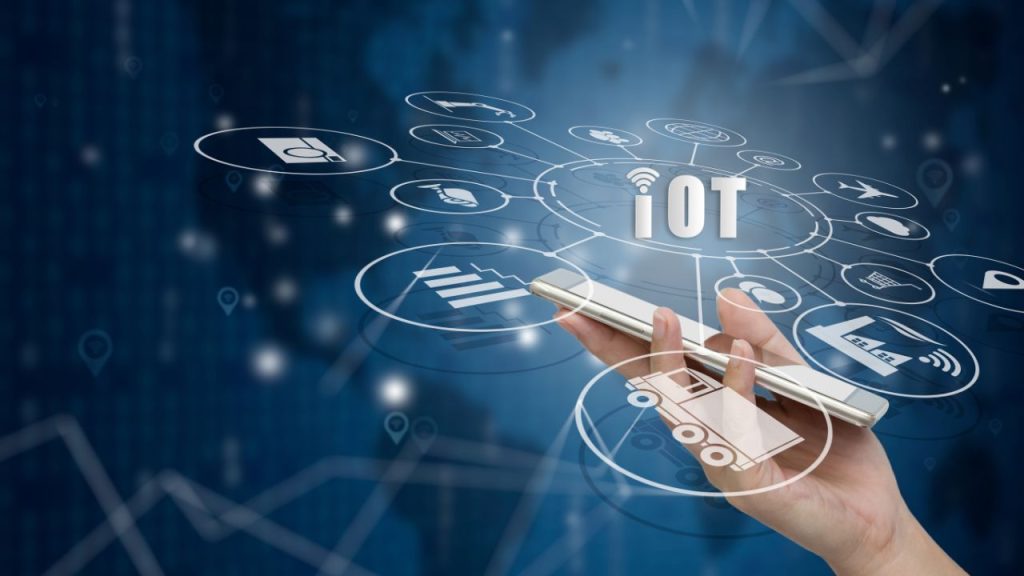The Internet of Things (IoT) has grown from a buzzword into a transformative force that’s reshaping industries, homes, cities, and daily life. In 2025, IoT continues to expand rapidly, with billions of connected devices working together to streamline processes, improve efficiency, and deliver personalized experiences.
This article explores what IoT is, how it works, its key applications, and the most recent developments in the field.
🌐 What Is the Internet of Things (IoT)?
The Internet of Things (IoT) refers to a network of physical devices—such as appliances, vehicles, wearables, and industrial machines—embedded with sensors, software, and internet connectivity. These devices collect and exchange data to automate tasks, provide insights, and enable smarter decision-making.
🧠 How IoT Works
- Sensors & Devices: Collect real-time data (e.g., temperature, motion, location).
- Connectivity: Send data via Wi-Fi, Bluetooth, 5G, or LPWAN to the cloud or edge systems.
- Data Processing: Analyze the data using cloud computing or AI.
- Action: Trigger automated responses (e.g., adjusting a thermostat, sending alerts).
🔄 Latest IoT Developments in 2025
✅ AI-Driven IoT Systems
Artificial intelligence enhances IoT by enabling devices to learn from patterns, make decisions, and respond dynamically. Smart homes, predictive maintenance, and intelligent transportation systems benefit greatly from this synergy.
✅ 5G-Powered IoT
5G connectivity has accelerated the growth of real-time IoT applications. With ultra-low latency and high-speed bandwidth, 5G enables more devices to work simultaneously with seamless communication.
✅ Edge Computing Integration
Rather than relying solely on cloud processing, many IoT devices now use edge computing to process data closer to the source. This reduces latency and improves security, especially for time-sensitive applications like autonomous vehicles and industrial automation.
✅ IoT Security Enhancements
With the explosion of connected devices, cybersecurity has become a priority. IoT in 2025 includes stronger encryption, device authentication, and network segmentation to protect sensitive data.

🏠 Key Applications of IoT in 2025
1. Smart Homes
- Devices like smart thermostats, lights, cameras, and voice assistants offer convenience and energy savings.
- Example: A smart home system adjusts lighting and temperature based on your daily habits.
2. Healthcare
- Wearable devices monitor vital signs and send real-time alerts to doctors.
- Example: Remote patient monitoring systems help manage chronic illnesses more effectively.
3. Industry (IIoT)
- The Industrial Internet of Things (IIoT) connects machinery and systems in factories to predict failures, optimize operations, and boost safety.
- Example: A factory using sensors to monitor equipment health and reduce downtime.
4. Smart Cities
- Urban IoT devices manage traffic, waste, energy, and public safety.
- Example: Smart traffic lights adjust in real time to reduce congestion.
5. Agriculture
- Sensors monitor soil moisture, crop health, and weather conditions to increase yield.
- Example: Automated irrigation systems that activate only when needed.
⚙️ Benefits of IoT
- Efficiency: Automates routine tasks and optimizes processes.
- Cost Savings: Reduces resource usage and downtime.
- Convenience: Enhances daily life with smart automation.
- Real-Time Insights: Provides data for faster, better decisions.
- Sustainability: Promotes energy and resource conservation.
⚠️ Challenges and Concerns
- Security & Privacy: More devices mean more points of vulnerability.
- Interoperability: Lack of universal standards can hinder integration.
- Data Overload: Managing and analyzing massive data volumes is complex.
- Regulation: New laws and ethical concerns are emerging around data use and AI.
🔮 The Future of IoT
As we move deeper into the digital age, IoT will continue to evolve with advancements like:
- IoT and blockchain integration for secure data sharing.
- Zero-trust security frameworks for enterprise-grade protection.
- Hyperautomation, combining AI, IoT, and robotics to automate complex workflows.
Conclusion
The Internet of Things in 2025 is not just about smart gadgets—it’s about creating a seamlessly connected world that responds intelligently to human needs. Whether it’s improving healthcare, powering sustainable agriculture, or making homes more intuitive, IoT stands at the heart of modern innovation.
With billions of devices already online and many more on the way, the IoT revolution is just getting started.



